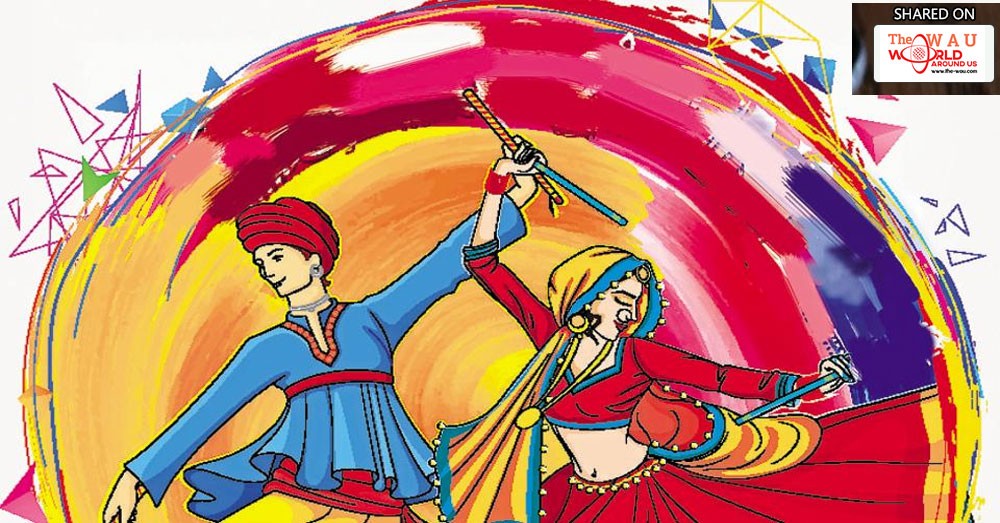Throughout the year, we eat whatever we want, whenever we want. However, during Navratri, our perception and consumption of food changes. The festival is celebrated twice a year — once during the spring and once during the fall. For nine days, Navratri devotees change their diet by fasting. The devotee fasts for the purpose of cleansing and detoxification of the body.
The Navratri diet is planned keeping in mind religious rituals, and it is also backed by scientific reasoning. However, if the diet is not taken properly then it can cause health problems, ranging from acidity to fatigue. Nutritionists Kavita Devgun and Loveneet Batra explain us how to fast and stay healthy during the Navratri season.
Why do people fast?
During Navratri, the idea is to give the body a break by fasting. Fasting helps the body heal. It refreshes you from the inside. During fall, when the season changes, our immunity suddenly becomes low. To combat with this change, we fast during Navratri.
This is also the reason why we avoid meat, processed food, gluten and salt while fasting during Navratri.
Why buckwheat flour is included in the vrat meal?
Kuttu ka atta (buckwheat flour) is full of quality protein and offers more of amino acid lysine that is missing from most of our regular/preferred staples- wheat and rice. It also provides fibre and keeps us full for a longer period. It also helps in detoxification of body. It binds itself to toxins and aids in their excretion through the gut, thus helping protect the colon from cancer. It’s an excellent source of B-complex vitamins, even more than the much feted quinoa, especially riboflavin (vitamin B2) and niacin (vitamin B3). Also, it is completely gluten free.
Your 7 point guide
1) Opt for a Sattvik diet. It consists of fruits, milk and veggies, which are essential for detoxification and cleansing process.
2 ) To avoid acidity during the fasting season, space your meals. Opt for small portions. You should have three small meals a day along with one snack/drink. This will ensure that you have sufficient energy throughout the day. Acidity usually occurs when you go for long periods without food. Also, having small meals keeps your glucose level stable, which averts a sudden spark in insulin levels.

Amaranth seed laddoos are a good source of energy. (Istock)
3) Just because you are fasting doesn’t mean that you ignore your fluid intake. If don’t want to be dehydrated then make sure you drink ample water along with fruit and vegetable juices.
4) This goes without saying that you need to avoid fried foods. Potato and root vegetables should not be fried. If by mistake you end up having fried snacks then opt for baked, roasted or boiled meal to balance the effect.

Sabudana ki khichdi is a good source of fibre and carbohydrates. (Getty Images/iStockphoto)
5) If you do feel like consuming sweet, then make sure you don’t use refined sugar. Opt for jaggery or honey as an alternative.
6) If you are eating out, then don’t opt for navratri thalis that tend to be loaded with food. Instead, go for simple sago khichri with curd and buttermilk. Skip the fried sago cutlets and kottu atta pooris.
7) Opt for rock salt (sendha namak). It helps to lower your blood pressure. It also helps in absorption on minerals compared to normal salt.
Share This Post














